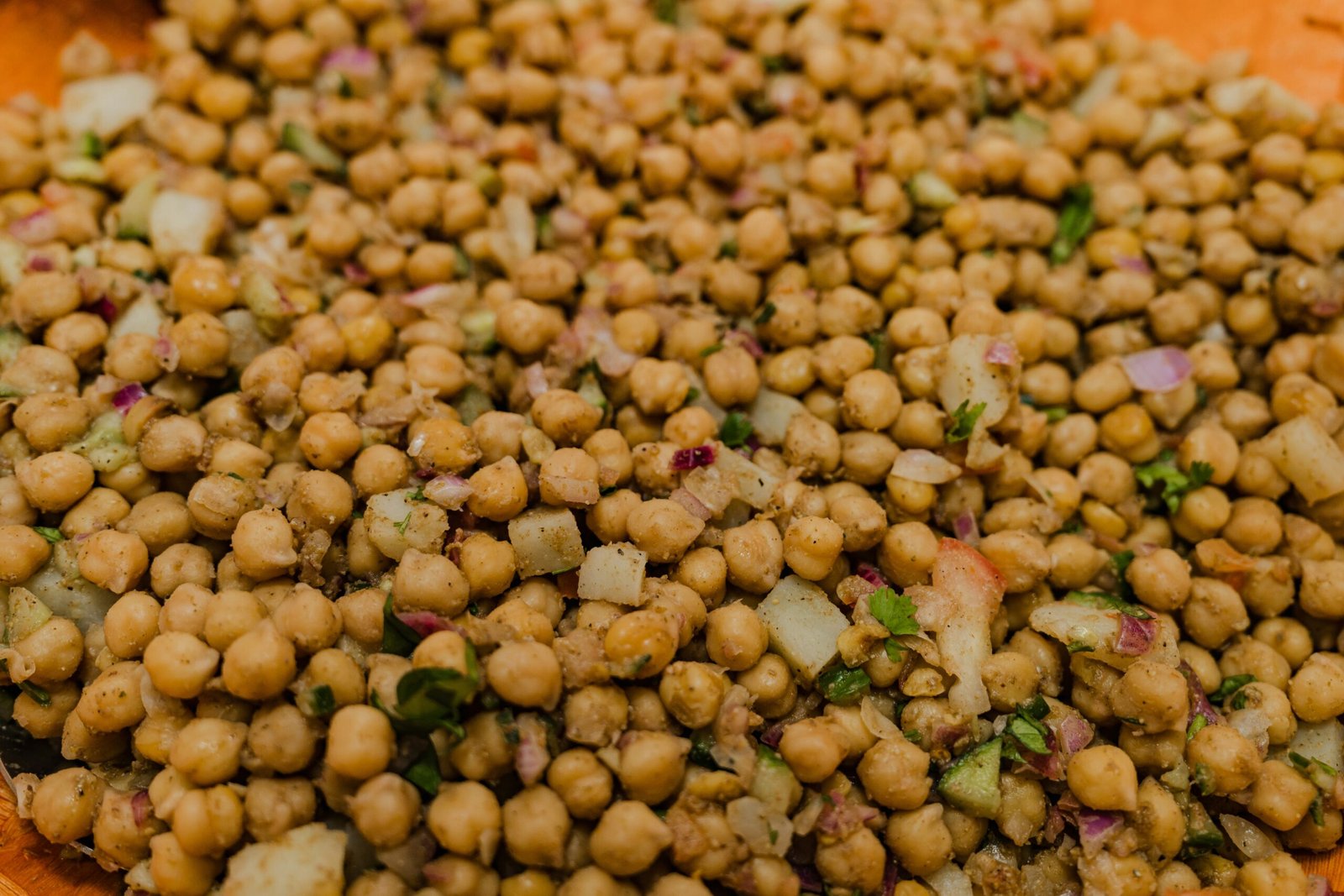So, you’ve always been a chocolate lover and you just can’t resist that rich and velvety treat. But have you ever wondered about what goes on behind the scenes? Well, here’s something for you to chew on: the presence of oxalate in chocolate. Now, you might be thinking, “What on earth is oxalate?” Don’t worry, we’re about to unravel the mystery behind this compound and its impact on our beloved chocolate indulgence. Get ready to discover the hidden side of your favorite sweet pleasure.
Oxalate In Chocolate
Chocolate is a beloved treat enjoyed by millions of people around the world. It comes in various flavors and forms, making it a versatile and indulgent treat. However, did you know that chocolate also contains a substance called oxalate? Oxalate is a naturally occurring compound found in many foods, including chocolate. In this article, we will explore what exactly oxalate is, the sources of oxalate in chocolate, the effects of oxalate on health, the recommended daily intake of oxalate, factors affecting oxalate levels in chocolate, managing oxalate content in chocolate, the relationship between oxalate and kidney stone formation, the oxalate content in different types of chocolate, and strategies to minimize oxalate intake from chocolate. By the end of this article, you will have a comprehensive understanding of the oxalate content in chocolate, and how to make informed choices about your consumption.

This image is property of images.unsplash.com.
What is Oxalate?
Oxalate is a naturally occurring substance found in many plant-based foods, including chocolate. It is classified as an antinutrient because it can bind to certain minerals, such as calcium, forming insoluble crystals. These crystals can contribute to the formation of kidney stones in susceptible individuals. While oxalate is not harmful in moderate amounts, excessive intake can lead to potential health issues, particularly for those with a history of kidney stones or related conditions.
Sources of Oxalate in Chocolate
There are several potential sources of oxalate in chocolate. The primary source is the cacao bean, which is the main ingredient in chocolate. Cacao beans naturally contain oxalate, and this oxalate can be transferred to the final chocolate product. Additionally, other ingredients used in chocolate production, such as nuts or fruits, may also contribute to the overall oxalate content. It’s important to note that the exact oxalate levels can vary depending on the specific type of chocolate and the manufacturing process used.

This image is property of images.unsplash.com.
Effects of Oxalate on Health
While oxalate is a natural compound found in many foods, it can have various effects on health, particularly for individuals who are susceptible to kidney stone formation. Oxalate has the potential to bind with calcium in the body, forming calcium oxalate crystals, which can contribute to the formation of kidney stones. These stones can range in size and can cause discomfort, pain, and potentially serious complications if left untreated.
Recommended Daily Intake of Oxalate
The recommended daily intake of oxalate varies depending on individual factors such as age, sex, health status, and overall dietary needs. Generally, it is recommended to consume oxalate in moderation, especially for those who are at a higher risk of kidney stone formation. The National Kidney Foundation suggests limiting oxalate intake to less than 40-50 milligrams per day. However, it is always important to consult with a healthcare professional or registered dietitian for personalized guidance based on your specific needs and health conditions.

This image is property of images.unsplash.com.
Factors Affecting Oxalate Levels in Chocolate
Several factors can influence the oxalate levels in chocolate. One significant factor is the variety and origins of the cacao beans used in chocolate production. Different types of cacao beans may have varying oxalate content. Additionally, the manufacturing process, such as fermentation and roasting, can also impact the oxalate levels. Furthermore, the inclusion of other ingredients, such as nuts or fruits, can contribute to the overall oxalate content in chocolate. It’s essential to consider these factors when choosing chocolate products.
Managing Oxalate Content in Chocolate
If you are concerned about your oxalate intake from chocolate, there are strategies you can implement to manage it. Firstly, opt for dark chocolates with a higher cocoa content, as these tend to have lower oxalate levels compared to milk chocolates. Secondly, consider portion control. Moderation is key, and consuming smaller portions of chocolate can help manage your overall oxalate intake. Lastly, balance your diet with other low-oxalate foods to ensure a varied and well-rounded approach to your nutrition.
Oxalate and Kidney Stone Formation
The link between oxalate and kidney stone formation is well-established. Excessive intake of oxalate, particularly when combined with low fluid intake, can increase the risk of kidney stone formation. Calcium oxalate stones are the most common type of kidney stones, and reducing oxalate intake can be beneficial in preventing their formation. However, it is important to note that dietary oxalate is not the sole cause of kidney stones, and other factors such as genetics and overall health play a role as well.
Oxalate Content in Different Types of Chocolate
Different types of chocolate have varying levels of oxalate content. Dark chocolate, typically containing higher cocoa percentages, tends to have lower oxalate levels compared to milk chocolate. White chocolate, on the other hand, generally contains little to no oxalate, as it is made primarily from cocoa butter and does not include cocoa solids. However, it’s essential to check the nutrition labels or seek information from the manufacturer to determine the exact oxalate content in the chocolate products you consume.
Minimizing Oxalate Intake from Chocolate
While it may not be necessary for everyone to completely avoid chocolate or eliminate oxalate from their diet, there are strategies to minimize oxalate intake from chocolate. Firstly, choose dark chocolate with higher cocoa percentages and lower sugar content. Secondly, consider enjoying smaller portions of chocolate infrequently rather than indulging regularly. Lastly, incorporating a variety of low-oxalate foods into your diet can help balance your overall oxalate intake and promote overall kidney health.
Conclusion
In conclusion, oxalate is a naturally occurring compound found in chocolate, primarily sourced from cacao beans. While it is not harmful in moderation, excessive intake can contribute to kidney stone formation. By understanding the sources of oxalate in chocolate, its effects on health, and the factors that influence its levels, you can make informed choices about your chocolate consumption. Remember to consider your overall dietary needs, consult with a healthcare professional if necessary, and opt for moderation to enjoy chocolate as a part of a balanced lifestyle.

